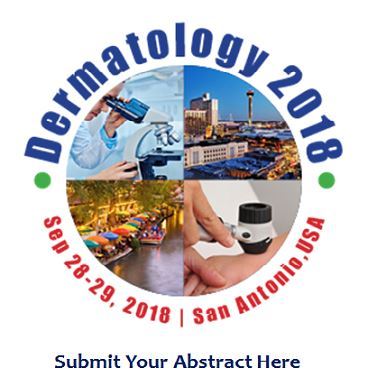
Dr. Hima Bindu Gottam
TOLMAR Inc, USA
Title: Understanding Q hypotheses for developing topical generic drugs
Biography
Biography: Dr. Hima Bindu Gottam
Abstract
Topical drug delivery is considered one of the safest and easiest drug delivery approaches for many reasons. Topical formulations are designed to deliver drugs to the skin to treat skin disease conditions or to alleviate symptoms. Developing a dermatology generic drug product involves many regulations and needs critical understanding of the test product as well as reference product in order to make the test formulation structurally and functionally similar to the reference product. Current regulations require conducting clinical end point trials for demonstrating bioequivalence (BE) between topical generic and refernce listed drug (RLD) products. A variety of surrogate methods have been explored but with limited success. FDA has been continuously coming up with new regulatory standards to make high quality and affordable medicines available to public and the generic industry is trying to adapt to the new requirements. Bioequivalence sudies on topical products still remained one of the challenging topics in the generic industry because of two reasons: i) due to high complexity of topical dosage forms ii) due to lack of proper design of BE studies. The new GDUFA II guidance gives a clear pathway to assist generic pharmaceutical industry with identifying the most relevant methodologies for developing drugs and generating evidence needed to support ANDA approval. To develop a therapeutically equivalent drug product to a specific reference product, it is necessary to identify the key scientific principles for consistent and efficient identification of BE methods. Availability of product quality matrices i.e. Q1 (qualitatively the same), Q2 (quantitatively the same) and Q3 (microstructure/ physical attributes of the topical dosage form) is critical to demonstrate that generic topical product is therapeutically equivalent.

